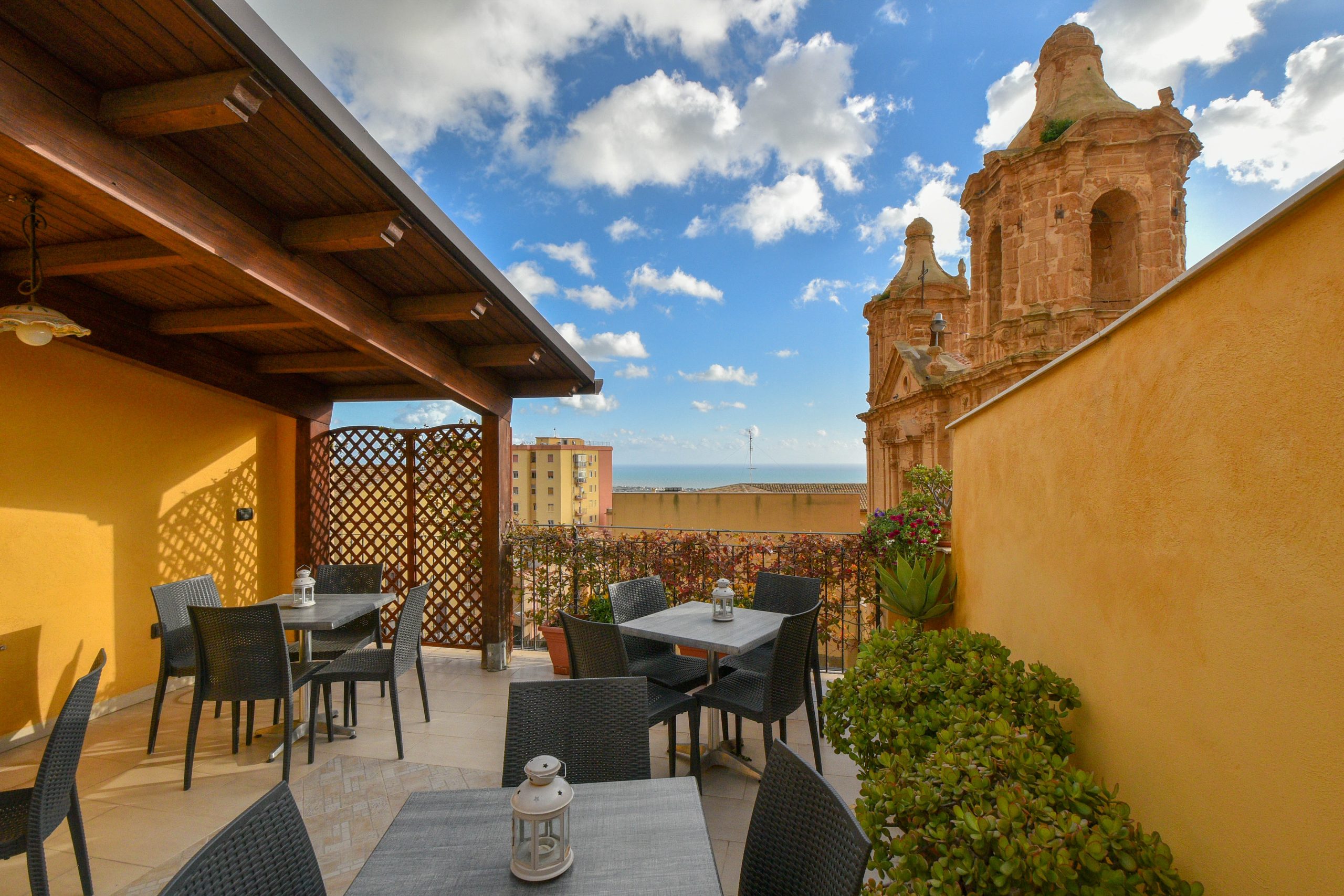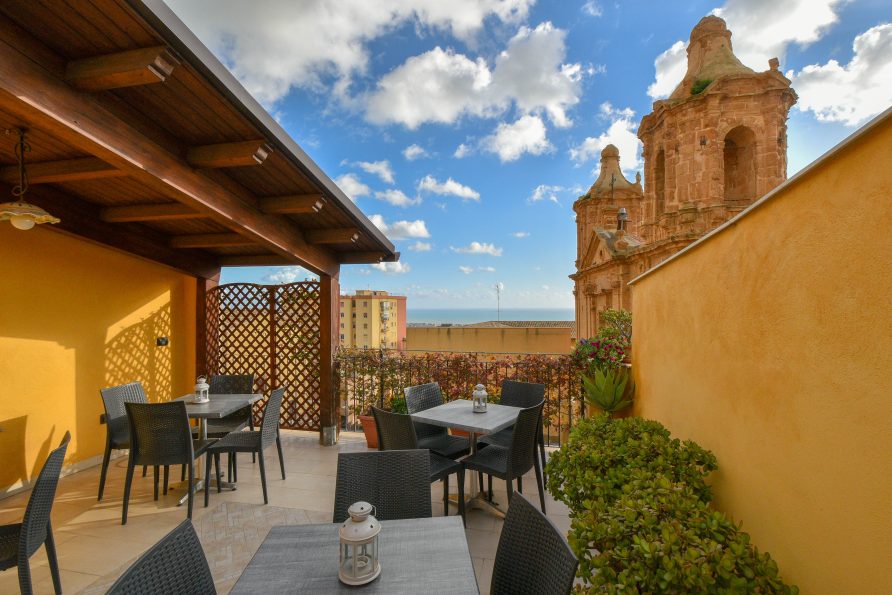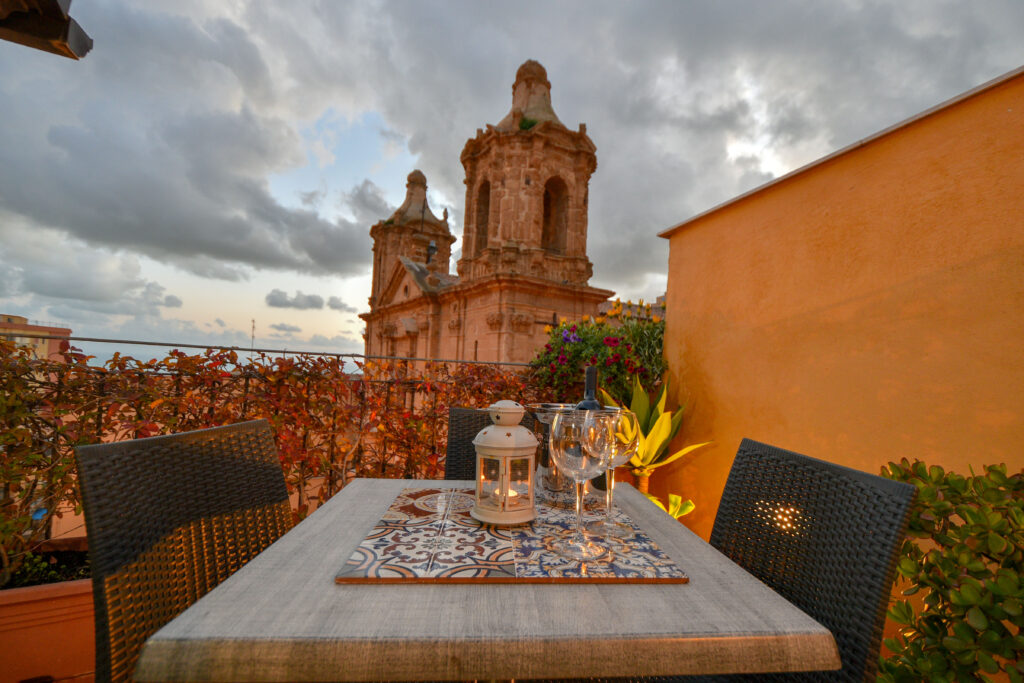
Guest House Rabatè takes its name from the historic center district in which it is located.
The name of the neighborhood, in Arabic Rabad, means suburb outside the walls. It is located at the western end of the Girgenti hill at one of the city gates: Porta Cannone (called “u cannuni”), then Porta Addolorata.
Rabatè – our rooms
We have two double bedrooms, one triple and one quadruple room, all our rooms are equipped with private bathroom, flat screen TV, air conditioning, free WiFi, mini bar and all the necessary comforts.
To see in the historic center
Guest House Rabatè is located in the heart of the historic center, a stone’s throw from the Cathedral of San Gerlando, the Pirandello Theater, the Church of Santa Maria dei Greci, the Collegio dei Filippini, the Church of Purgatory and countless monuments, churches of periods and styles. different witnesses of the dominations and cultural influences that have dominated our city.
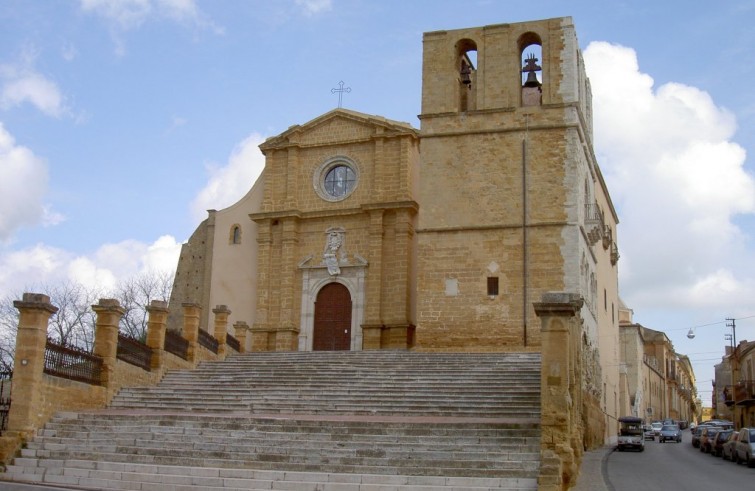
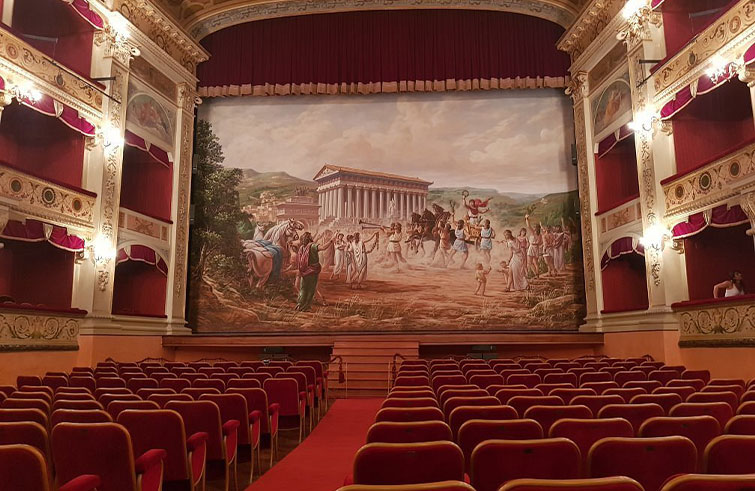
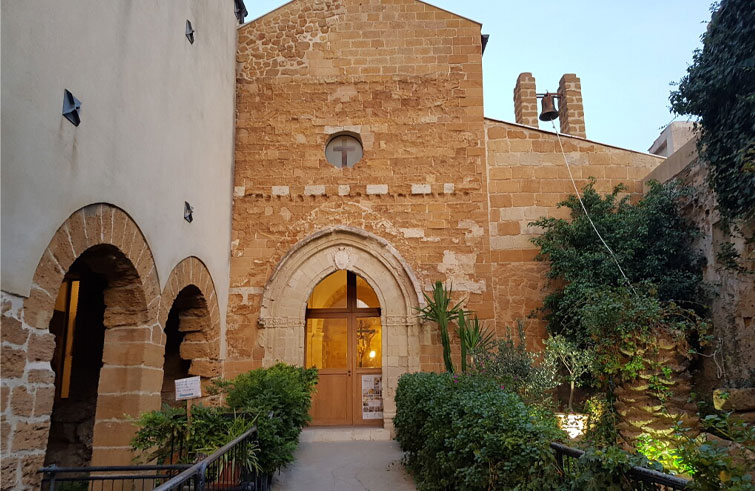
Cathedral of San Gerlando
The Cathedral of Agrigento or Cathedral of San Gerlando is a beautiful example of superimposition of different architectural styles. The construction of the building dates back to the period between 1096 and 1102 at the behest of Gerlando di Besançon who, in those years, was the bishop of Agrigento. Over the centuries, however, it has undergone continuous transformations and additions that have changed both its external and internal appearance.
Luigi Pirandello Theater
The Pirandello Theater is a late 19th century structure of rare beauty, an authentic jewel much appreciated for its acoustics, the harmonious ensemble of its architectural lines and ornamental structures. the Theater is named after the famous playwright from Agrigento Luigi Pirandello, Nobel Prize for Literature in 1934.
Church of Santa Maria dei Greci
The church of Santa Maria dei Greci is a place where a Greek temple and a Catholic church coexist. Built in the oldest heart of the city, the church, with three naves, stands on a temple of the fifth century BC. according to tradition dedicated to Athena. The Doric columns incorporated into the church emerge from the walls, while the foundations of the temple can be seen from the real panels inserted into the floor.
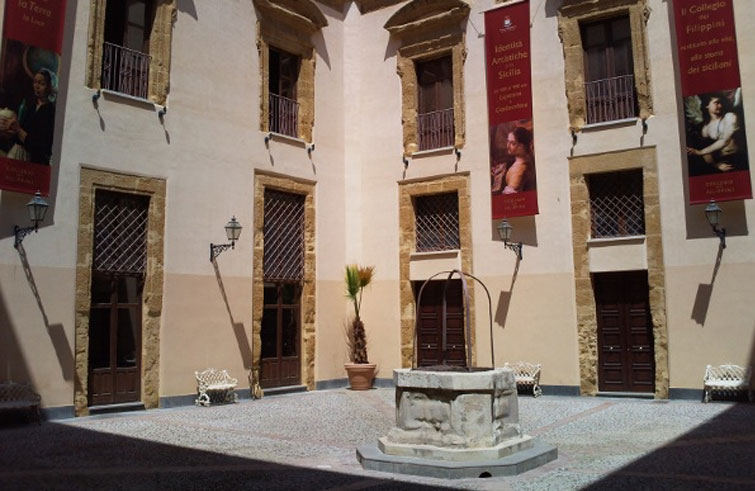
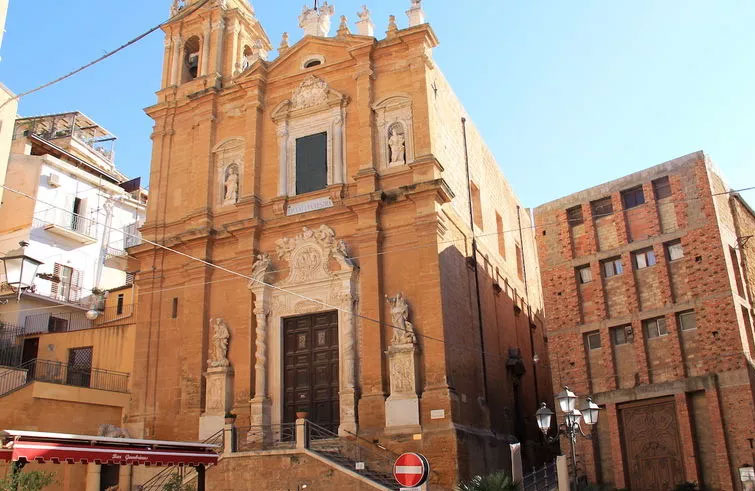

The College of Filipinos
Built at the end of the 17th century, the building was entrusted to the congregation of the Filipino fathers. Today, after a careful restoration, the college has become a seat of the municipal art gallery and offers visitors a permanent exhibition of over 200 works representing the masterpieces of the Sicilian school of the nineteenth century.
Church of the Purgatory
The church of San Lorenzo, also known as the church of purgatory, is built in the Baroque style. Today, no longer a place of worship, it is the exhibition site of the Diocesan Museum and a cultural center dedicated to the organization of events and activities.
Church of the Addolorata
The church of Maria Santissima dei Sette Dolori, known as the Chiesa dell’addolorata, was built in the late 1600s by the brotherhood of the same name. During its construction, in the depths of the ridge, the brotherhood found two large cisterns of Greek origin, they dug a third, obtaining three crypts to give a worthy burial to the followers. Today these crypts house a small brotherhood museum.
for more information: https: //www.youontour.it
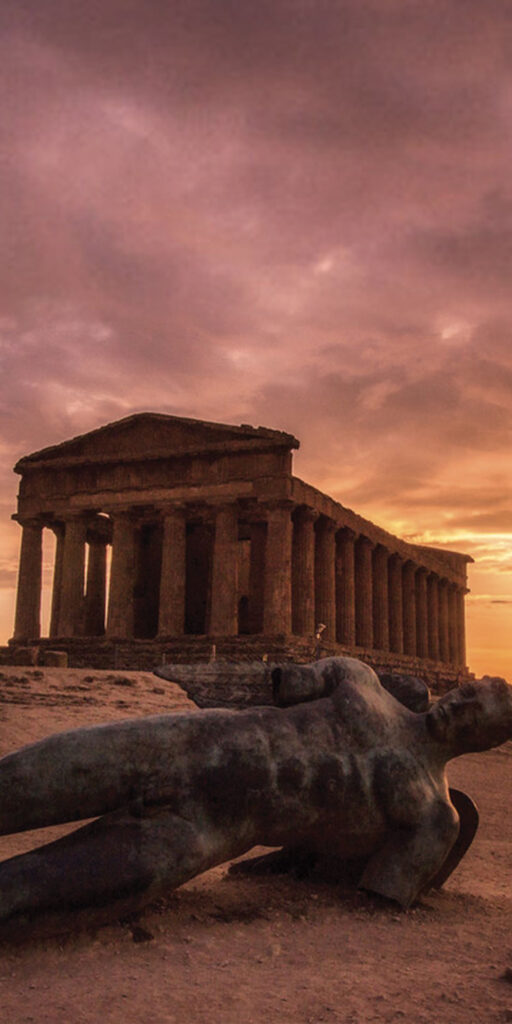
The Valley of the Temples and the natural beauties
Easily accessible and a few kilometers away you can visit the Valley of the Temples, declared a World Heritage Site by UNESCO; the Scala dei Turchi with its characteristic white cliff that rises above the sea; the Punta Bianca nature reserve, a one-of-a-kind natural paradise; the coast of San Leone with its stretch of golden sand that stretches for kilometers …
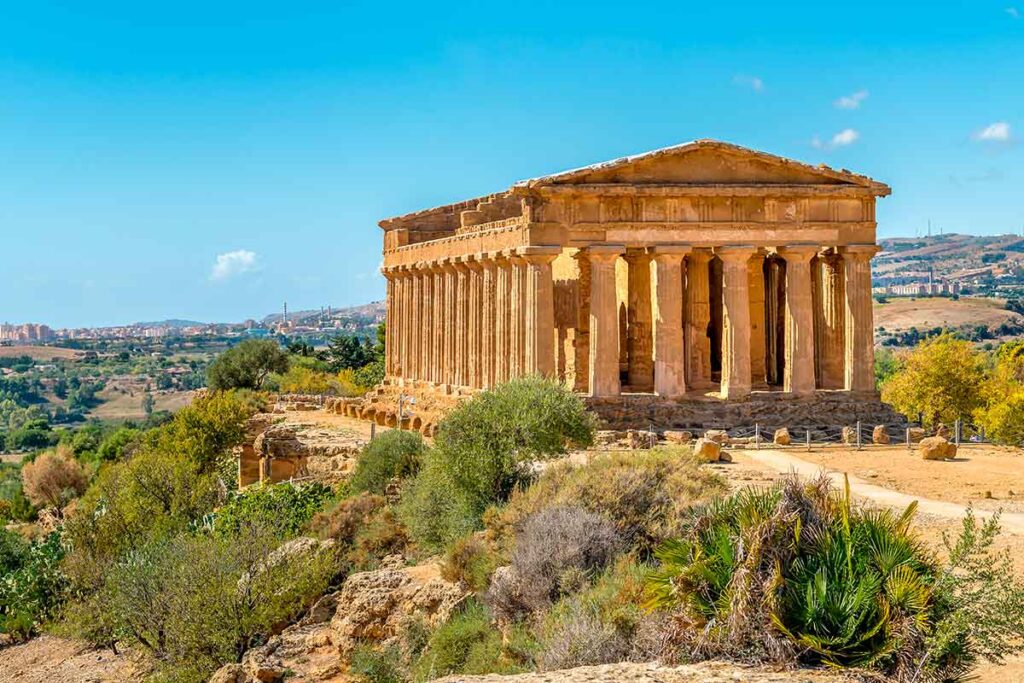
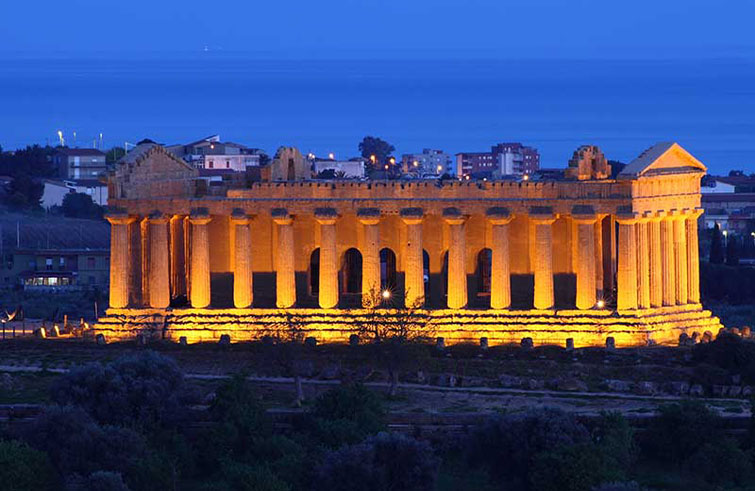
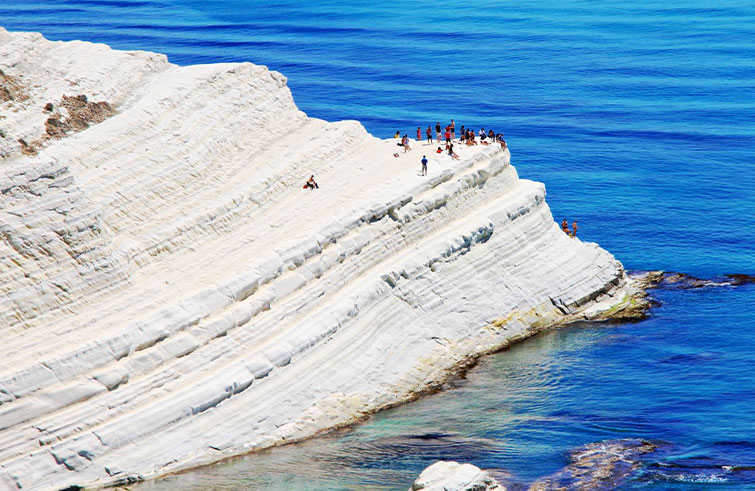
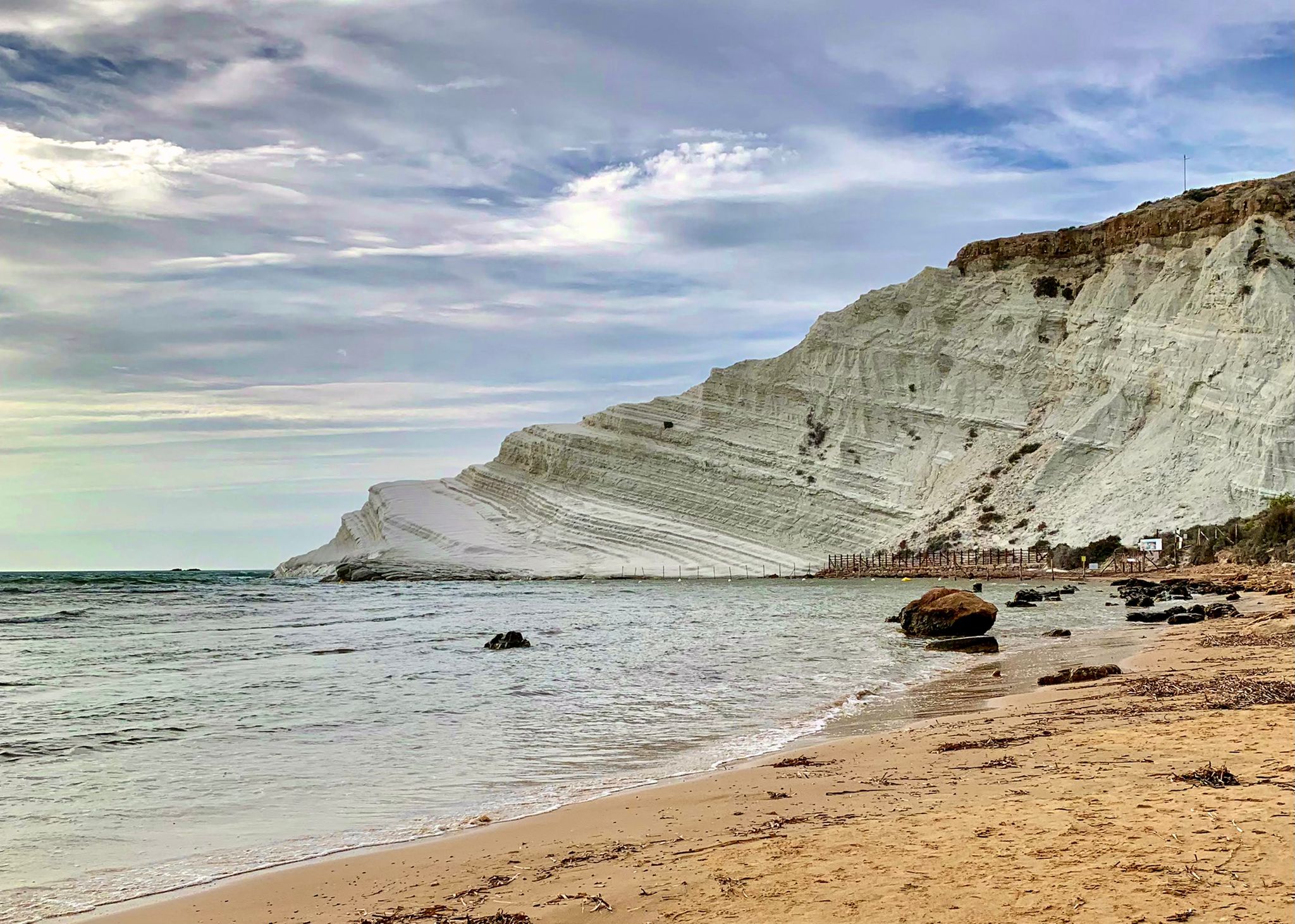
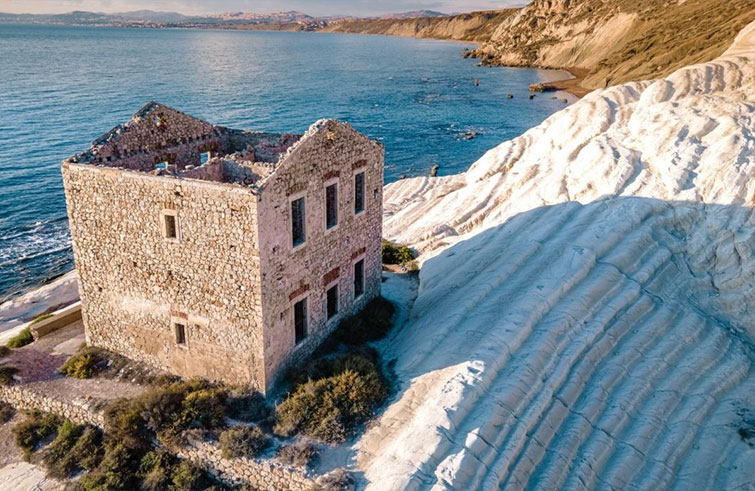
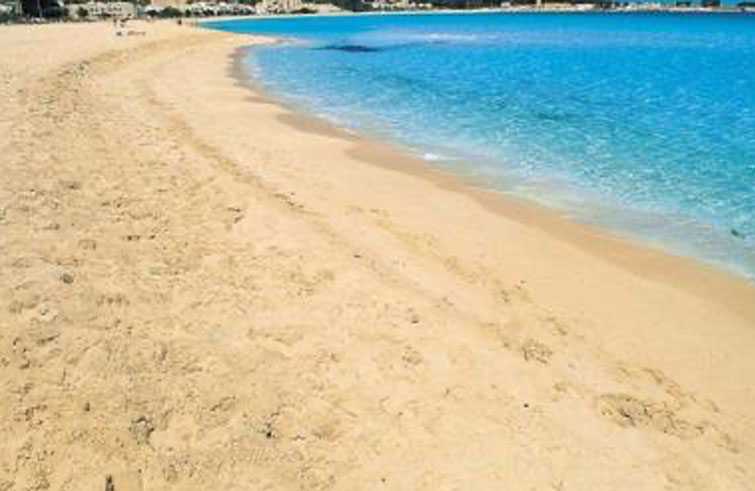
for further information: https: //www.parcovalledeitempli.it
